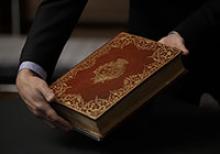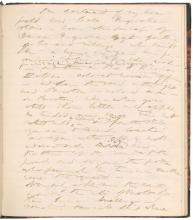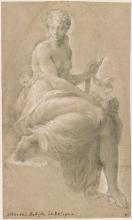A Fine Binding for the Prince of Poets
Submitted by John Bidwell on Fri, 08/20/2021 - 12:00amAs if genius is not enough, a lyric poet has got to be in love. Pierre de Ronsard was still serving his literary apprenticeship in 1545 when he met Cassandre Salviati at a ball in the Château de Blois. Around fourteen-years-old at that time, she was the daughter of a Florentine banker who helped to finance the reign of Francis I. She married a local nobleman a year later, but that was not an obstacle to the conventions of courtly love. She was Ronsard’s muse, a source of inspiration like Beatrice was for Dante and Laura for Petrarch.










